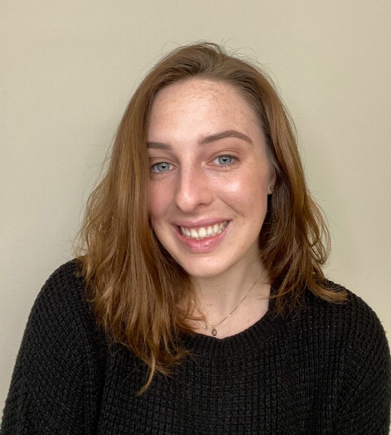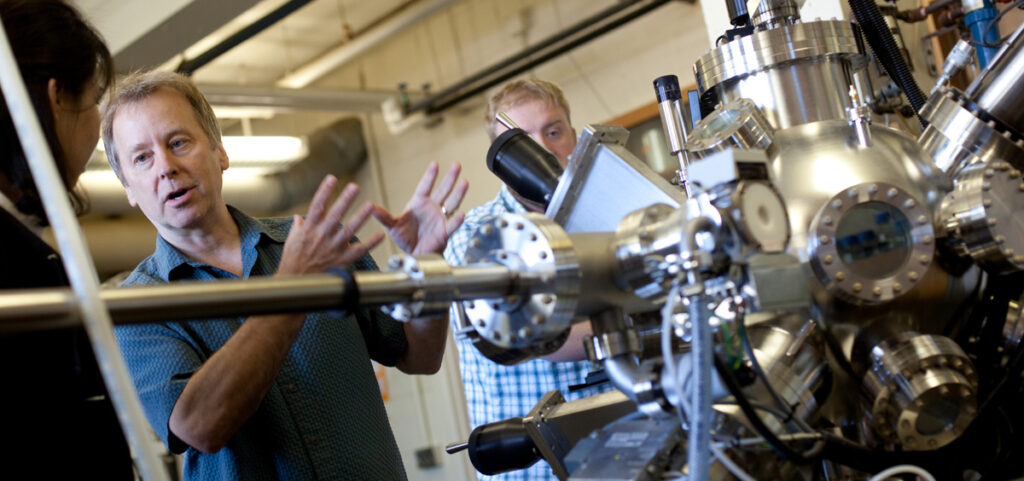Chloe Ramsperger has been named one of the Fall 2021 Undergraduates of the Quarter, and we couldn’t be more thrilled. Chloe grew up in Redlands, California, where she attended Redlands High School, home of the Terriers.
When asked why Chloe chose Chemistry, she said, “Ever since I was young, I have had a growing passion for forensic science. Having access to television, I would constantly watch crime shows such as Crime Scene Investigation and Criminal Minds, wishing I was the investigator or the forensic scientist solving the crime. I never thought that wish could become my reality. With my growing interest in forensic science, I entered Oregon State University (OSU) as a chemistry major with an option in forensics. At the height of the Coronavirus pandemic, financial hardships forced me to take a step back from research, so I started working at a dental office. While working there, I realized how much I missed doing research and that chemistry was something that brought me joy and it was something I could always look forward to. At that moment I quickly realized the medical field is not where I wanted my career to be, leading me to believe I should be and want to pursue a Ph.D. in chemistry.

During her junior year of high school, her uncle flew her up to Oregon to visit universities in the Pacific Northwest. While visiting OSU, she fell in love with the campus, and she knew it would allow for innovation and give her the best education in comparison to other schools. Her decision was made.
She is currently doing research in Dr. Kyriakos Stylianou‘s Materials Discovery Lab (MaD Lab), which has considerable expertise in the synthesis and characterization of metal-organic frameworks (MOFs). Over the summer, Chloe received the Summer Undergraduate Research Experience (SURE) fellowship, by which she began researching numerous organic transformations that could benefit from the use of a heterogenous catalysis. While looking at the hydrocyanation for the conversion of alkenes to nitriles, she stumbled upon the Strecker synthesis for amino acids. She found a considerable amount of published research on this one-pot synthesis, but nothing seemed to involve the use of a MOF exhibiting strong Brønsted acidity that does not compromise the framework, be an environmentally friendly synthetic route, and be cost effective. While this work is still in its early steps, this preliminary work has demonstrated a successful conversion and high percent yield using a MOF with Brønsted acid sites. These preliminary results were used as the basis for the development of the project proposed for the NSF Graduate Research Fellowship Program.
Chloe was at a poster presentation session for careers in chemistry, Dr. Rich Carter asked her where she saw herself in the future, to which she answered, “a forensic odontologist”. At that point he told her about Dr. Dipankar Koley’s research group, in which they used electrochemical techniques to fabricate sensors and different polymers to study dental plaque biofilms and restorative dental materials. She immediately sought out a research position in his lab because she knew she would gain valuable experience to prepare her for graduate school and become an independent researcher and mentor.
After graduation, Chloe hopes to work in industry for the remainder of the 2021-2022 school year then move onto graduate school to pursue a Ph.D. in Organic chemistry.
Outside of school Chloe loves to rock climb, hike, play volleyball, and listen to music.
In closing, Chloe stated, “though my academic career seems to be entrenched, by copious opportunities I have received, it could not have been done without the academic support from my mentors and encouragement from my parents. My undergraduate career at Oregon State University has solidified my ambition to become an educator, mentor, and communicator to transform chemistry.”




